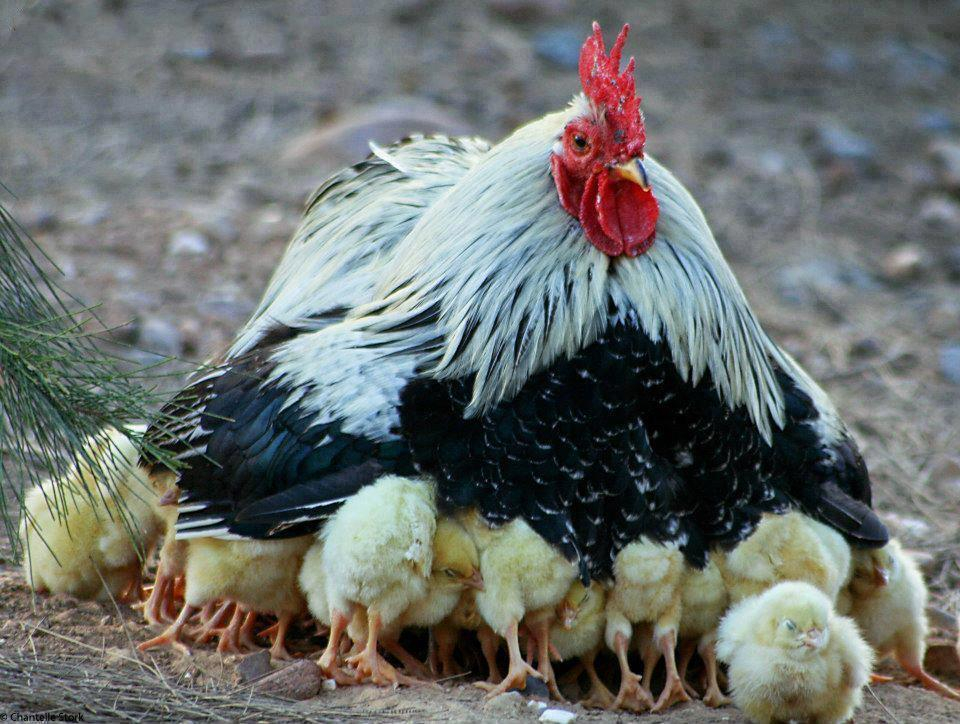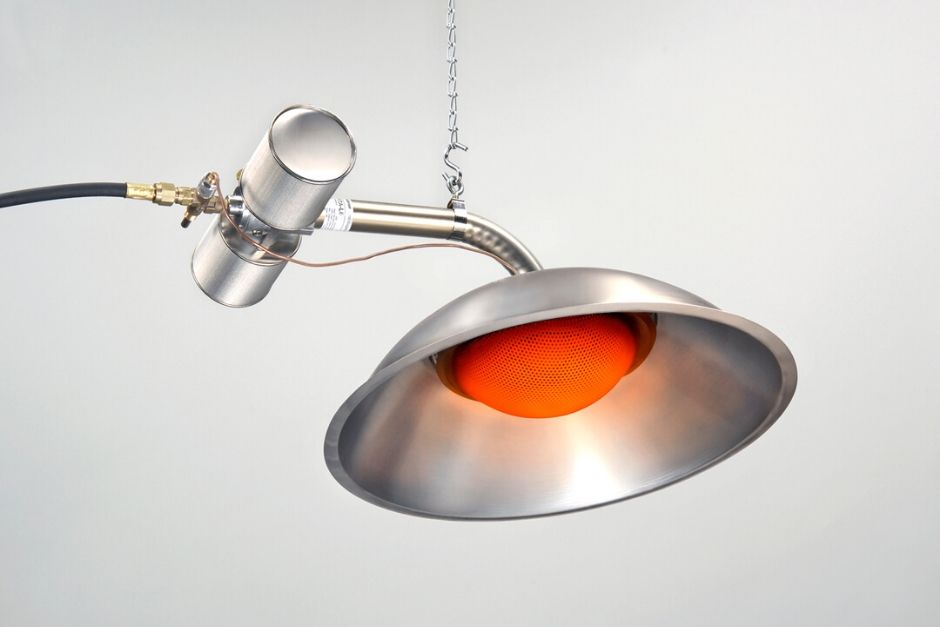
Introduction to Brooding in Poultry
My experience in working in poultry farms has taught me that brooding in poultry is one of the most crucial and sensitive aspects of a chicken’s life. This article will help you learn the basics of brooding and answer all of your queries.
What is Brooding?
Brooding in poultry relates to the procedure of giving heat, nutrition, hydration, and all essential medical assistance to birds ranging in age from a day to around 2 – 4 weeks.
The heat to the developing chicks must be supplied using an external heat source until they develop their metabolic thermoregulatory mechanism.
What are the forms of Brooding in Poultry?
Natural Brooding
The female chicken uses the natural brooding method. A chicken can brood 10-15 chicks based on its size. In natural brooding, a hen continues to rest on its eggs for them to hatch.

After hatching the eggs, the mother hen supplies all necessities for her chicks’ survival, including heat, food, and water.
Artificial Brooding
The poultry uses a thermal brooder to replicate the natural brooding mechanism in the artificial brooding process.
As a result, artificial brooding entails supplying freshly hatched chicks with heat, water, nourishment, and any necessary veterinary care until they can regulate their body temperature.
Which method of Brooding in Poultry is more Beneficial?
Brooding in poultry is generally done artificially due to economic advantages. Some of the benefits are:
- The producer can brood many developing chickens at once using artificial brooding.
- Chickens can be grown in all seasons.
- Artificial brooding permits the chicks to perform at their best and increases their chances of survival.
- Chicks obtain all the essential nutrition they require through proper feeding procedures.
- It enables careful monitoring of chicks.
Equipment Required for Successful Brooding
Since brooding in poultry is a crucial management strategy, it is critical to understand the essential brooding equipment.
Some key items that must be accessible in the brooder for brooding to be effective are:
1. Brooder/Heater
A brooder is a chicken housing with heating equipment fitted on them that allows the farmer to provide regulated heating to the chicks. There are several types of brooders or heaters. However, five types of heaters are often used, and they are:

- Kerosene/Charcoal Stove
In places where electric power is not accessible, this style of the brooder is the optimum solution. A manufactured stove generates supplemental heat by burning charcoal and kerosene.
- Gas Brooders
The LPG, methane, or natural gas is linked to a heating element suspended 3 to 5 feet above the ground to supply heat.
- Electric Brooder
It is also a thermostatically regulated heating element that uses electricity as the heat generation source. It distributes the appropriate quantity of heat evenly over a vast area, avoiding direct overcrowding of chicks at a certain place.
- Infrared Heater
It’s a self-reflecting light bulb. One 250 watts infrared lamp can supply brooding for around 200 chicks.
2. Brooder Guard
A brooder guard is a hardboard that can be easily formed into a ring. It is used to restrict the mobility of chicks inside a heated area.
3. Thermometer
Within the brooding house, a room thermometer is essential. It is utilized to keep track of the temperature within the brooding house to determine whether the temperature inside the brooding house is cold, medium, or hot.
Brooding Practices
What are the Pre-Brooding Practices?
- Nylon or sacs material should be used to seal and insulate the brooder housing. Provide only a little space at the roof for air to exit.
- Seal all the holes and cracks to keep rats and other predators out and away from the developing chickens.
- Wash, clean, and fumigate the inner brooding house thoroughly with an appropriate disinfectant, then leave the house to rest.
- Cover the ground with acceptable litter material about 7.5cm thick just two or three days before the baby chicks’ arrival.
- Examine all lighting and heating systems to verify that they are perfect.
- Feed must be provided in the feed-trough 2 hours before brooding. Clean, chilled water is poured into the drinkers that must be carefully cleaned.
What to do after the Brooding Chicks arrive?
- Upon the arrival of poults, check for abnormal babies and those with unhealed navels.
- Isolate any underweight chicks from the rest of the flock. Separating them allows you to effectively monitor them, offering them a higher chance of survival.
- Confirm that all of the chicks have access to water. Typically, anti-stress supplements should be included in their drinks. Always provide fresh feed and water.
- Stick to the hatchery vaccine regimen and go organic.
- Keep a close eye on the chicks to watch how they react to the heat. When chicks congregate near the heat source, it represents insufficient heat; when they migrate far away from the heat source, there is excessive heat; and when they are equally distributed, ample heat is distributed evenly.
Temperature and Space Requirement for Broiler chickens
| Age | Recommended Temperature | Floor Space required |
| Week 1 | 33-35 °C | 100 -120 cm2 |
| Week 2 | 31-33 °C | 250 -300 cm2 |
| Week 3 | 29-31 °C | 250 -300 cm2 |
| Week 4 | 26-29 °C | 250 -300 cm2 |
| Week 5 + | 20-24 °C | 700 -800 cm2 |
What are the Post-Brooding Practices?
When the chickens have outgrown the brooding stage, they will be capable of controlling their body’s temperature without external care. You will need to withdraw the sealing materials protecting the sides in such a case. If not, you relocate them to the grow-out site and prepare the brooding home for the next group. If this is the case, make the following changes:
- Take out the beddings.
- Before the next batch, sanitize the brooding home and equipment.
- Change the bedding material.
Conclusion
The first four weeks of a young poults’ life are essential, contributing to total flock productivity. Developing birds are completely reliant on brooding for their survival. The brooding period’s goal is to establish optimal environmental conditions
Brooding in poultry is a delicate procedure, but you can too if I can manage it. So roll up your sleeves and get your hands dirty.
